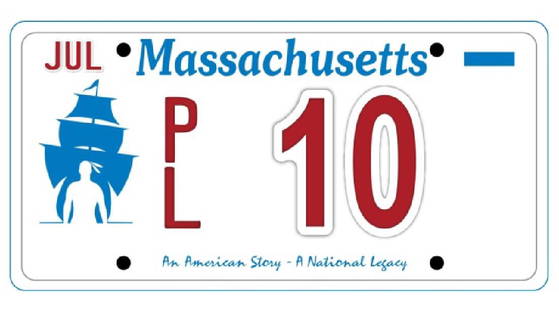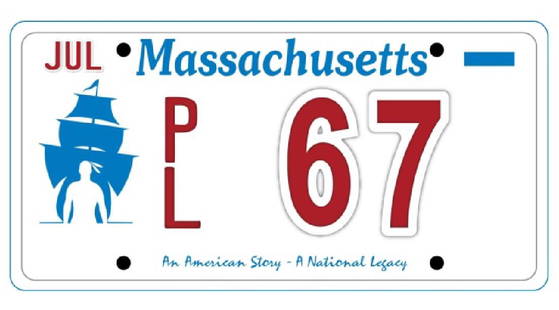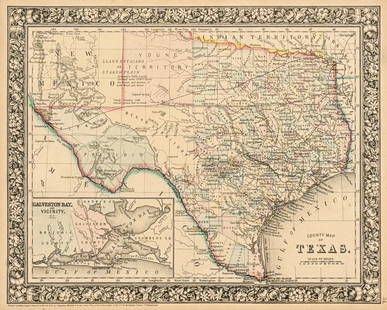
J. Bruce Ismay Signature on his Stationary AAU
Similar Sale History
View More Items in Transportation & Travel CollectiblesRelated Transportation & Travel Collectibles
More Items in Transportation & Travel Collectibles
View MoreRecommended Collectibles
View More




Item Details
Description
J. Bruce Ismay Signature on his Stationary Certified by AAU. Joseph Bruce Ismay (12 December 1862 – 17 October 1937[1]) was an English businessman who served as chairman and managing director of the White Star Line of steamships. He came to international attention as the highest-ranking White Star official among the 712 survivors (out of 2,208 passenger and crew on board) of the maiden voyage of his company's marquee ocean liner, the RMS Titanic. After the death of his father on 23 November 1899, Bruce Ismay succeeded him as the chairman of White Star Line. He decided to build four ocean liners to surpass the RMS Oceanic built by his father: the ships were dubbed the Big Four: RMS Celtic, RMS Cedric, RMS Baltic, and RMS Adriatic. These vessels were designed more for luxury and for speed than safety. In 1902, Ismay negotiated the sale of the White Star Line to J.P. Morgan & Co., which was organising the formation of International Mercantile Marine Company, an Atlantic shipping combine which absorbed several major American and British lines. IMM was a holding company that controlled subsidiary operating corporations. Morgan hoped to dominate transatlantic shipping through interlocking directorates and contractual arrangements with the railroads, but that proved impossible because of the unscheduled nature of sea transport, American antitrust legislation, and an agreement with the British government. White Star Lines became one of the IMM operating companies and, in February 1904, Ismay became president of the IMM, with the support of Morgan. In 1907, Ismay met Lord Pirrie of the Harland & Wolff shipyard to discuss White Star's answer to the RMS Lusitania and the RMS Mauretania,the recently unveiled marvels of their chief competitor, Cunard Line. Ismay's new type of ship would not be as fast as their competitors, but it would have huge steerage capacity and luxury unparalleled in the history of ocean-going steamships. The latter feature was largely meant to attract the wealthy and the prosperous middle class. To accommodate the luxurious features Ismay ordered the number of lifeboats reduced from 48 to 16, the latter being the minimum allowed by the Board of Trade, based on the Titanic's projected tonnage. Three ships of the Olympic Class were planned and built; the second was the RMS Titanic, which began its maiden voyage from Southampton to New York City, on 10 April 1912. The first and third ships of this class were the RMS Olympic and HMHS Britannic. Ismay occasionally accompanied his ships on their maiden voyages, and this was the case with the Titanic. During the voyage, Ismay talked with either (or possibly both) chief engineer Joseph Bell or captain Edward Smith about a possible test of speed if time permitted.[17] When the ship hit an iceberg 400 miles south of the Grand Banks of Newfoundland and started sinking on the night of 14 April 1912, Ismay was rescued in Collapsible Lifeboat C. He testified that as the ship was in her final moments, he turned away, unable to watch his creation sink beneath the waters of the North Atlantic. He was taken aboard the Cunard liner RMS Carpathia and arrived in New York on 18 April. Ismay later testified at the Titanic disaster inquiry hearings held by both the U.S. Senate (chaired by Senator William Alden Smith) the following day, and the British Board of Trade (chaired by Lord Mersey) a few weeks later. After being picked up by the Carpathia, Ismay was led to the cabin belonging to the ship's doctor, Frank Mcgee. He gave Captain Rostron a message to send to White Star's New York office: "Deeply regret advise you Titanic sank this morning after collision with iceberg, resulting in serious loss of life. Full particulars later." Ismay did not leave Dr. Mcgee's cabin for the entire journey, ate nothing solid, and was kept under the influence of opiates. Fellow survivor Jack Thayer visited Ismay to try to console him. [Ismay] was staring straight ahead, shaking like a leaf. Even when I spoke to him, he paid absolutely no attention. I have never seen a man so completely wrecked. — Jack Thayer, First Class passenger on Titanic. When he arrived in New York, Ismay was hosted by Philip Franklin, vice president of the company. He also received a summons to appear before a Senate committee headed by Republican Senator William Alden Smith. After the disaster, Ismay was savaged by both the American and the British press for deserting the ship while women and children were still on board. Some papers called him the "Coward of the Titanic" or "J. Brute Ismay" and suggested that the White Star flag be changed to a yellow liver. Some ran negative cartoons depicting him deserting the ship. The writer Ben Hecht, then a young newspaperman in Chicago, wrote a scathing poem contrasting the actions of Capt. Smith and Ismay. The final verse reads: "To hold your place in the ghastly face of death on the sea at night is a seaman's job, but to flee with the mob, is an owner's noble ri
Buyer's Premium
- 13% up to $999,999,999.00
- 13% above $999,999,999.00
J. Bruce Ismay Signature on his Stationary AAU
Estimate $500 - $2,500
2 bidders are watching this item.
Shipping & Pickup Options
Item located in Philadelphia, PA, usSee Policy for Shipping
Payment
Related Searches
TOP



















































































![George Washington Signed Discharge: Partly printed discharge document signed by George Washington, as Commander in Chief of the Armies of the United States. Newburgh, [New York], 4 January 1783. 1 page, ## x ## in. Undersigned by Washin](https://p1.liveauctioneers.com/7226/322253/173251475_1_x.jpg?height=310&quality=70&version=1710004847)


